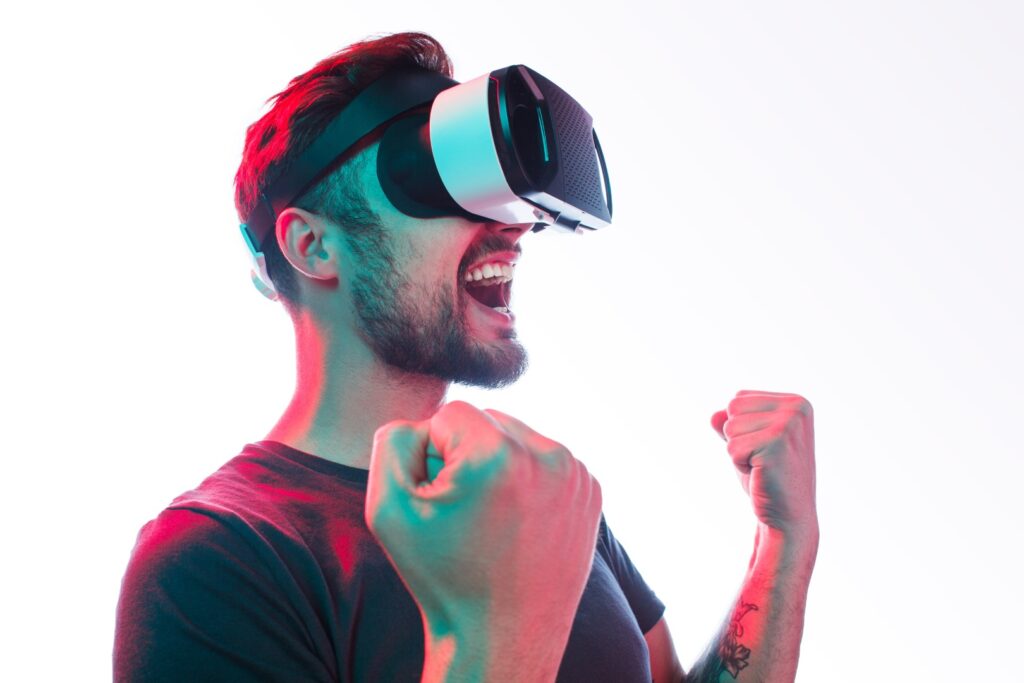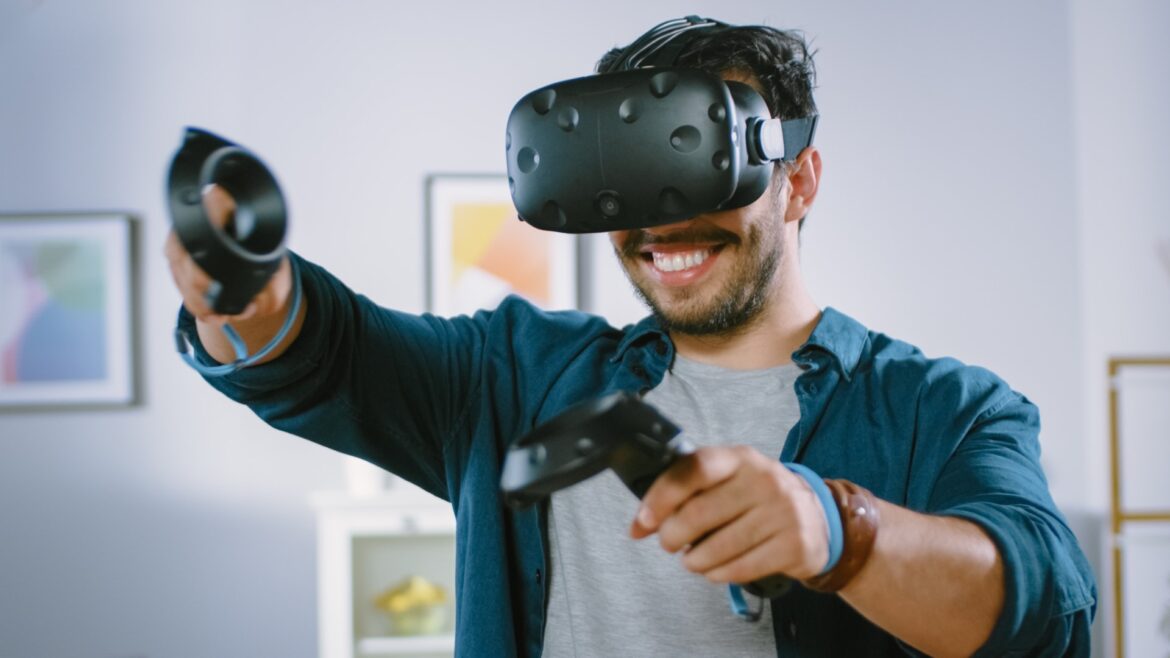The world of sports has always been defined by physical prowess, raw talent, and the thrill of competition. But in recent years, a new player has entered the game: virtual and augmented reality. These technologies are transforming the way we experience sports, from training and practice to live events and beyond. In this blog post, we’ll explore the future of sports and how virtual and augmented reality are changing the game.
Virtual Reality in Sports
Virtual reality (VR) is a technology that allows users to experience a simulated environment through a headset or other device. In the world of sports, VR is being used in a variety of ways to enhance training, improve performance, and create immersive experiences for fans.

One of the biggest benefits of VR in sports is the ability to simulate real-life game situations. For example, a basketball player can use a VR headset to practice shooting from different angles and distances, or a soccer player can train for penalty kicks by simulating a live game environment. VR can also be used to simulate different weather conditions or playing surfaces, giving athletes a chance to prepare for any scenario they might face on the field or court.
Another way that VR is changing the game is by allowing fans to experience sports in new and exciting ways. Virtual reality broadcasts of live sporting events are becoming more common, allowing viewers to feel like they are right in the middle of the action. This technology can also be used to create interactive experiences, such as virtual meet-and-greets with athletes or behind-the-scenes tours of stadiums.
Augmented Reality in Sports
Augmented reality (AR) is a technology that superimposes digital elements onto the real world. In sports, AR is being used to enhance live events and create interactive experiences for fans.
One of the most popular uses of AR in sports is the creation of digital overlays on the field or court. For example, during a football game, an AR overlay can be used to show the first-down line or highlight key players on the field. AR can also be used to provide fans with additional information about the game, such as player stats or instant replays.
AR is also being used to create interactive experiences for fans outside of the stadium. For example, fans can use an AR app to take selfies with their favorite athletes or view digital content related to the team. This technology is helping to create a more immersive fan experience and bring fans closer to the action, even when they can’t be there in person.
The Future of Sports
As virtual and augmented reality continue to evolve, the possibilities for their use in sports are endless. Here are just a few potential applications for these technologies in the future:
Virtual training environments: VR can be used to create highly realistic training environments that simulate any scenario an athlete might face. This technology can help athletes improve their skills and prepare for competition more effectively.
Virtual fan experiences: VR and AR can be used to create immersive fan experiences that go beyond what is possible in the physical world. Fans can use these technologies to interact with their favorite athletes and teams in new and exciting ways.
Health and safety: VR and AR can be used to create simulations that help athletes and medical professionals understand injuries and develop treatment plans. This technology can also be used to train athletes on proper techniques and reduce the risk of injury.
Esports: Virtual reality and augmented reality are already playing a major role in the world of esports, and this trend is likely to continue. These technologies can be used to create immersive gaming experiences and enhance the competitiveness of esports events.

Virtual and augmented reality are changing the game in the world of sports. From training and practice to live events and beyond, these technologies are enhancing the way we experience sports and creating new opportunities for athletes and fans alike. As these technologies continue to evolve, we can expect to see even more innovative applications in the world of sports. The future of sports is sure to be an exciting one, and virtual and augmented reality are sure to play a major role in shaping it.
However, it’s important to note that these technologies are still in their infancy in the sports world, and there are still many challenges to overcome. For example, VR headsets can be expensive and not widely accessible to all athletes, and AR overlays can be difficult to implement in certain stadiums or arenas. There are also concerns about the potential for these technologies to detract from the physical nature of sports and the authenticity of the fan experience.
Despite these challenges, the potential benefits of virtual and augmented reality in sports are undeniable. These technologies have the power to revolutionize the way we experience and engage with sports, and to create new opportunities for athletes and fans alike. As these technologies continue to evolve and become more accessible, we can expect to see even more exciting developments in the world of sports. In conclusion, the rise of virtual and augmented reality in sports is a trend that is set to continue in the years ahead. From improving training and performance to creating more immersive fan experiences, these technologies are transforming the way we engage with sports in exciting new ways. While there are still challenges to overcome, the future of sports is sure to be thrilling, and virtual and augmented reality are poised to play a major role in shaping it.

